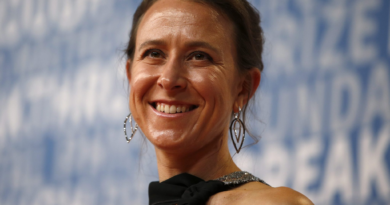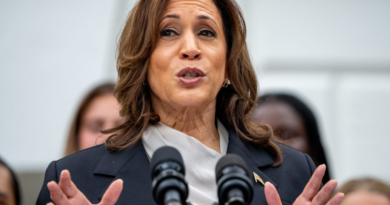U.S. savers can soon make ‘enhanced’ catch-up retirement contributions—see if you qualify
There is a lot at stake for Americans’ personal finances next years, between the potential implementation of sweeping tariffs and the uncertainty of tax cut extensions. One guarantee: Some retirement savers will be able to contribute even more money to their workplace accounts.
Starting next year, Americans aged 60-63 will be able to contribute up to $11,250 in extra funds to their 401(k)s, 403(b)s, or 457(b) plans, thanks to the SECURE Act 2.0, a 2022 law that made a variety of changes made to retirement accounts and investments, including pushing back the age for required minimum distributions and loosening restrictions on withdrawing funds.
Currently, workers can contribute up to $23,500 to a 401(k) or similar employer retirement plan in 2025, and those 50 and older can make what is known as a “catch-up” contribution of $7,500, for a total of $31,000. But thanks to the SECURE Act, next year that select group of savers in their early 60s will be able to super-charge that catch-up contribution, putting aside up to $34,750 total into a workplace account in 2025, if they can afford it and their employers allow it.
Savers are eligible for the so-called enhanced catch-up contributions if they reach the age of 60, 61, 62, or 63 during the calendar year. At 64, they are no longer eligible to make the enhanced contribution, but can still make the standard catch-up contribution amount. The enhanced catch-up contribution limit is $10,000 or 150% of the standard age 50+ catch-up contribution limit, whichever is greater.
The chart below shows the how much workers of different ages will be able to contribute next year.
The change is meant to help those nearing retirement super-charge their savings, particularly if they had lagged in their contributions previously. But just 15% of those with a workplace retirement plan even made the normal catch-up contribution last year, according to Vanguard, and those who do skew substantially wealthier than the average saver: 55% earn at least $150,000 and 39% have an account balance of more than $250,000.
Why invest more
Financial planners say there’s nothing wrong with contributing more, if you are financially able to. Not only will you have more for retirement, but you get the tax advantages of contributing more to a 401(k). But Melissa Murphy Pavone, a New York-based certified financial planner (CFP), encourages workers not to wait until age 60 to try to turbocharge their savings.
“By maxing out your retirement contributions you are building a solid financial foundation for your future,” she says. “Catch-up contributions offer a valuable opportunity for individuals over 50 to accelerate their retirement savings.”
The enhanced contributions are also employer dependent, so not everyone may have access to them, notes Melissa Caro, CFP and founder of My Retirement Network. Plus, those nearing retirement should consider their liquidity needs. It may make more sense to keep excess cash in savings than to invest them, depending on your current and future needs.
“Funds in retirement accounts come with withdrawal restrictions,” says Caro. “Investing these extra contributions in higher-risk assets could expose near-retirees to market downturns, while increased Required Minimum Distributions in retirement could impact taxable income, potentially affecting Medicare premiums and Social Security benefits.”
The contribution and catch-up limits for individual retirement accounts, or IRAs, are not changing. Savers can put away $7,000 in a traditional or Roth IRA next year, while those 50 and older can contribute an additional $1,000.




